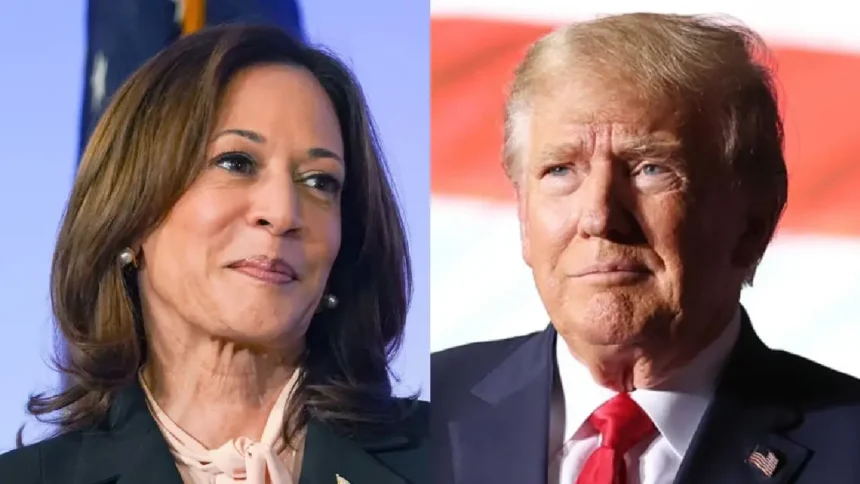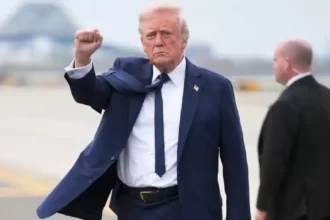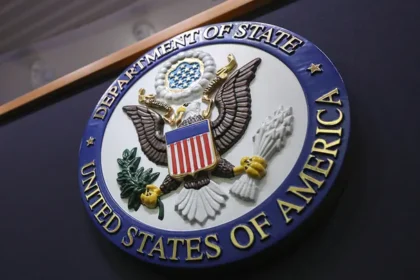In the aftermath of the 2024 election and the return of President Donald Trump to the Oval Office, the Democratic Party finds itself in a moment of careful reflection and preparation. While Trump’s political resurgence has reshaped the national landscape, Democrats are simultaneously taking stock of their losses and organizing for the next opportunity: the 2028 presidential election.
Trump’s victory has set the terms of engagement. His brand of politics—combining populist appeal, media spectacle and aggressive base cultivation—has forced Democrats to confront core questions: What went wrong in recent cycles? How can the party rebuild credibility with voters? Who will serve as the standard-bearer against Trump’s formidable machine?
Inside the party, the conversation is increasingly urgent. Numerous Democratic figures are already being discussed as potential candidates for 2028—even though no formal campaigns have yet launched. The party faces the challenge of uniting around a coherent option that can engage the electorate, articulate a positive agenda and offer a credible alternative to Trump’s hold on power. Simultaneously, Democrats must balance this forward motion with a willingness to examine past mis-steps, rather than rely solely on opposition to Trump as the defining narrative.
For Trump, the return to the presidency means Democrats must contend with a political terrain tilted by his influence. His loyal base, robust fundraising network and media dominance grant him a strategic advantage. In this context, Democrats increasingly view the 2028 effort as a high-stakes, long-haul campaign rather than a short-term reaction. The strategy now includes building grassroots infrastructure, deepening state-level operations, and identifying early which voters may be amenable to change.
Another key dimension is candidate identity and pipeline. After the 2024 defeat, some Democrats argue that the party needs fresh voices—leaders who can connect across demographics and geographies without simply acting as mirror-images of Trump. The question is not just who will oppose Trump in 2028, but who will stand out from Trump. Which individuals possess both the political skill and personal narrative to break through the national calcification that Trump has helped create?
Messaging is also under scrutiny. For Democrats, simply positioning themselves as anti-Trump will no longer suffice. Party strategists emphasize the need for a clear, forward-looking agenda—one that addresses working-class economic concerns, suburban anxieties, generational change, technological disruption and climate resilience. Only with a positive vision can Democrats hope to redefine themselves beyond the role of the perpetual opposition to Trump.
This recalibration also involves introspection. Some leaders advocate for a rigorous review of the 2024 campaign: its inner decision-making, messaging mis-firing, early rollout and candidate preparation. Others caution against dwelling on past losses to the point of paralysis. Instead, they argue, the party needs to pivot decisively to building momentum. Amid these debates, Trump’s second presidency looms as both an obstacle and a measuring stick. If Democrats can craft a credible counter-narrative and field a compelling candidate, the 2028 contest may become competitive. If not, they risk becoming the perpetual opposition to Trump’s Republican coalition.
In sum, as President Donald Trump consolidates power, Democrats are no longer merely reacting—they are strategizing. The party’s next chapter will hinge on selecting leadership that can weather the Trump era, crafting a novel political identity, and mobilising voters in a world reshaped by populist politics. The 2028 presidential election is already in motion.











